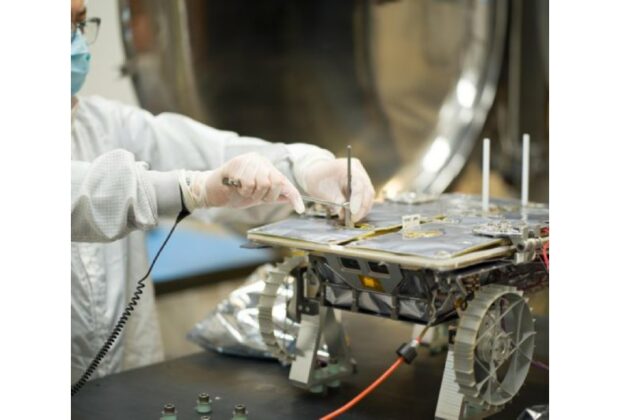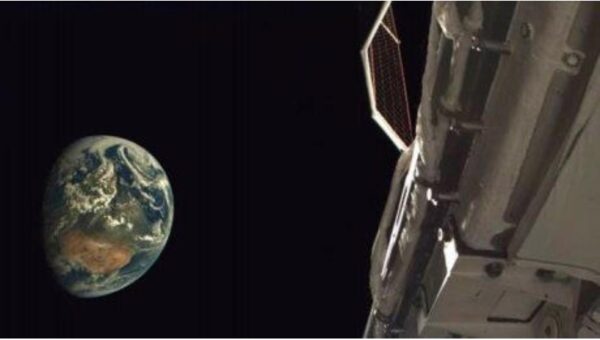The Cooperative Autonomous Distributed Robotic Exploration (CADRE) technology demonstration includes the rovers and aims to demonstrate how a group of robotic spacecraft may cooperate without direct human control. NASA’s Jet Propulsion Laboratory (JPL) in Mars Yard conducted a test run of the suitcase-sized rovers to imitate the rough terrain they will encounter on the moon.
NASA released a statement confirming that the tiny CADRE rovers were able to move in unison and modify their coordinated path to avoid obstacles during a series of tests conducted in August 2023 using two full-scale development models while the spacecraft were still under construction.
In order to survey the lunar surface in three dimensions, the solar-powered rovers will be outfitted with cameras, sensors, and ground-penetrating radar. Of the rover models tested in August 2023, only one had a solar panel stand-in installed. By reading each other’s battery levels, the other two were able to decide when to take a break and recharge their solar arrays before continuing on their adventure together.
NASA officials stated in a statement this month that additional testing included night drives at Mars Yard under massive flood lamps to replicate the intense lighting and shadows that the rovers will face during the lunar daytime.
In November 2023, vibration and heat testing were conducted on the rovers after the Mars Yard tests to make sure their hardware could withstand the journey to the moon. A unique “shaker table” that shakes violently in various directions was strapped to a rover. Additionally, it was kept in a thermal vacuum chamber, which replicates the airless environment and intense heat and cold of space.
In November 2023, the team tested for electromagnetic interference and compatibility in a specially constructed chamber meant to absorb radio signals. NASA reports that this demonstrated that the rovers’ electronic subsystems did not interfere with those on the lander or with each other, proving that the rover can withstand anticipated electromagnetic disturbances.
NASA said in early March that the three CADRE rovers had finished their testing and construction and were prepared for integration with Intuitive Machines’ Nova-C lander. As part of the company’s third lunar lander mission, IM-3, the lander will carry the miniature explorers to the lunar surface later this year or early the following year.
Collaborating to investigate the lunar surface, the rovers will spend the daytime hours of a lunar day—roughly 14 days on Earth—exploring the moon’s Reiner Gamma region.








